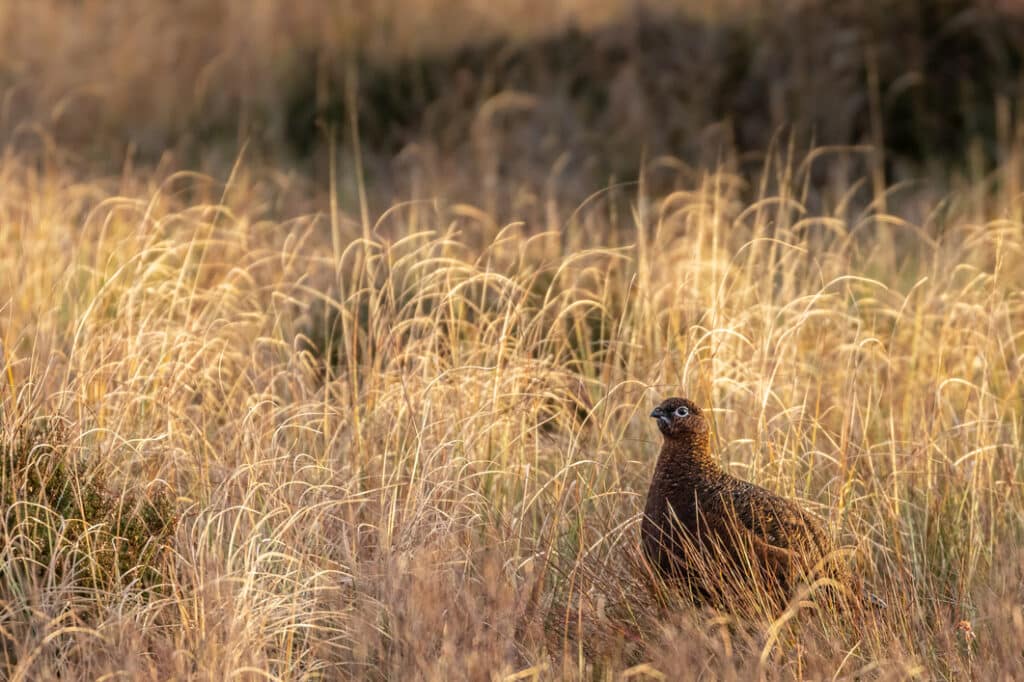The 12th of August (the ‘Inglorious 12th’) marks the start of a key ‘season’ for the shooting industry. During the next 121 days the industry will sell thousands of Red Grouse to shooters. It is in effect the start of the ‘Christmas shopping period’ for the shooting industry when it hopes to make money on its investments and sell the most products.
Lobbyists for the shooting industry have been placing puff-pieces in sympathetic media outlets for weeks. Websites (without any explanation) call the 12th of August a ‘sacred date’. They talk of the ‘New Year’s Day of hunting’ (which makes no sense at all). The economic importance of shooting will have been blown up out of all proportion. The importance of shooting to ‘rural communities’ will have been vastly overstated (most money stays within shooting estates and the vast majority of people – rural and urban – don’t shoot birds of course).
All the while the industry will have been studiously avoiding any mention of ‘killing’, of the year-long trapping and snaring of foxes, stoats and weasels, and crows, or the raptor persecution (illegal killing of birds of prey) that underpins or makes intensive grouse shooting possible (see ‘What is raptor persecution‘).
How, in 2023, in the midst of biodiversity and climate crises, as our appreciation of the intelligence of wild animals grows and we understand more about their capacity to feel pain, can the slaughter of as many as HALF A MILLION Red Grouse be considered ‘glorious’?
Grouse shooting has become a (deliberately) confusing issue as the industry tries to fight back against constant criticism and setbacks (such as United Utilities pulling out of the grouse shooting business).
In a short series of posts we’ll clear away the smoke. In our final post we’ll explain again why we are strongly opposed to ‘licencing’ grouse shooting estates.
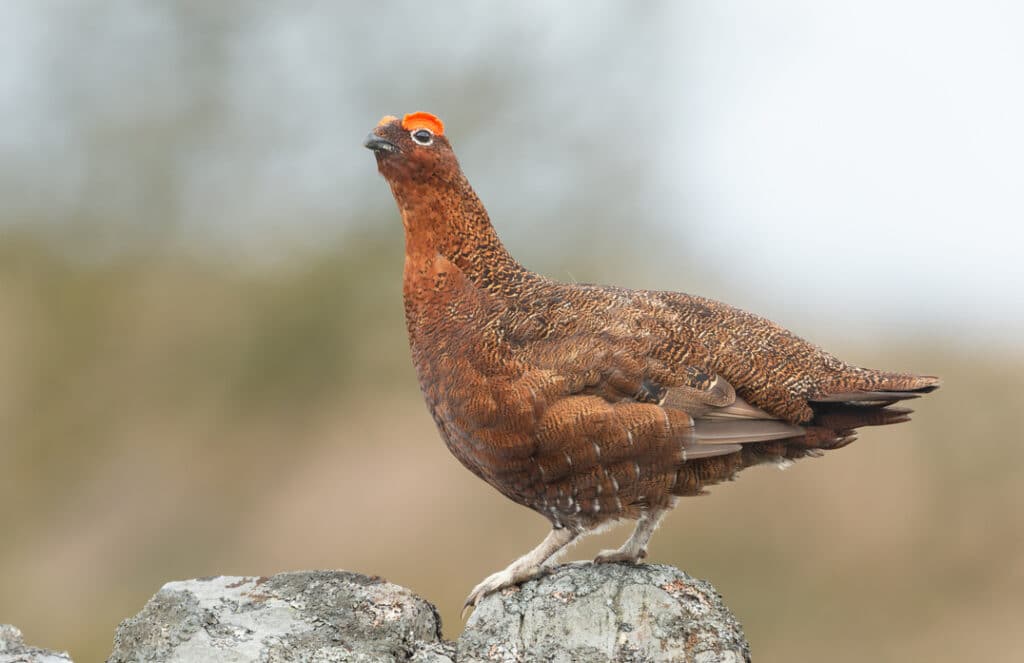
The Basics
Wildlife:
- Red Grouse are birds. They are made of bones, blood, and feathers like the birds that visit gardens, spend their lives on lakes, or migrate here for the summer from Africa. They are wonderfully adapted to the harsh conditions of upland moors, but they are living, breathing birds all the same (see more on Red Grouse).
- Red Grouse are ‘native’ to the UK. They are found on upland heather moors across the UK. Unlike pheasants and Red-legged Partridges which are released to be shot in huge numbers each year (shooting industry figures suggest up to 50 million every year!), Red Grouse have lived here as part of a balanced moorland ecosystem – adapting to challenges from the weather and predators – since the last Ice Age.
- Again, unlike pheasants, Red Grouse remain wild birds all year round. They are not imported as chicks from breeding centres in Europe or in the UK. They are not raised in pens or in sheds, but live their lives out on the moors. The moors are their home.
- They are though ‘farmed’. Everything possible is done to ensure that grouse are ‘stocked’ at levels up to ten times their natural density. Shooting aims to create what it calls a ‘surplus’. In other words, there are far more birds on ‘grouse moors‘ than are found on moors where shooting doesn’t take place, but only so they can be shot in huge numbers without wiping them out entirely.
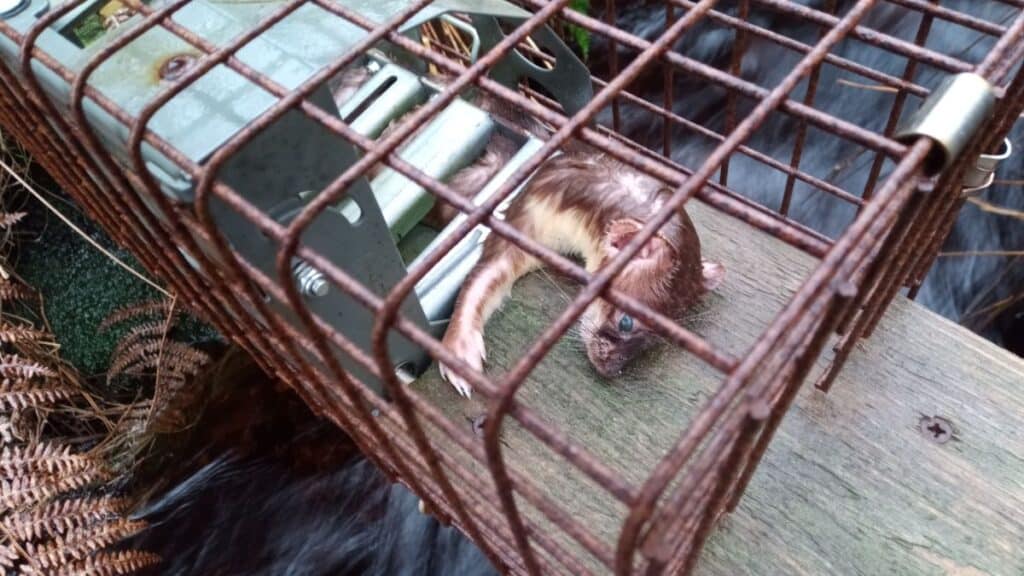
- Having what would naturally be ‘too many’ birds in one place causes problems. The habitat has to be constantly managed, which on moors means burning vast areas to ensure a mosaic of heather at different stages of its life cycle (young grouse prefer the shoots of young heather, older birds need older, denser clumps of heather to nest in).
- Diseases like strongylosis (caused by a nematode worm) are rife, meaning birds have to be medicated all year round.
- The ‘surplus’ of birds naturally attracts predators like foxes, mustelids like stoats and weasels, and birds of prey like Hen Harriers – all of which have their own life cycles to complete but which are ruthlessly (and in the case of birds of prey, illegally) ‘controlled’ by gamekeepers in traps, snares, or by shooting all year round.
The industry
- In 1773 restrictions on when birds could or couldn’t be shot were laid out in the Game Act of 1773 – “An Act to explain – the preservation of the moor or hill game”. The Act stated that no one would be allowed to hunt or even buy “black-game” or “grouse, commonly then called red-game, “between the tenth day of December and the twelfth day of August.” Shooting has latched on to what they consider the ‘start of the season’ ever since.
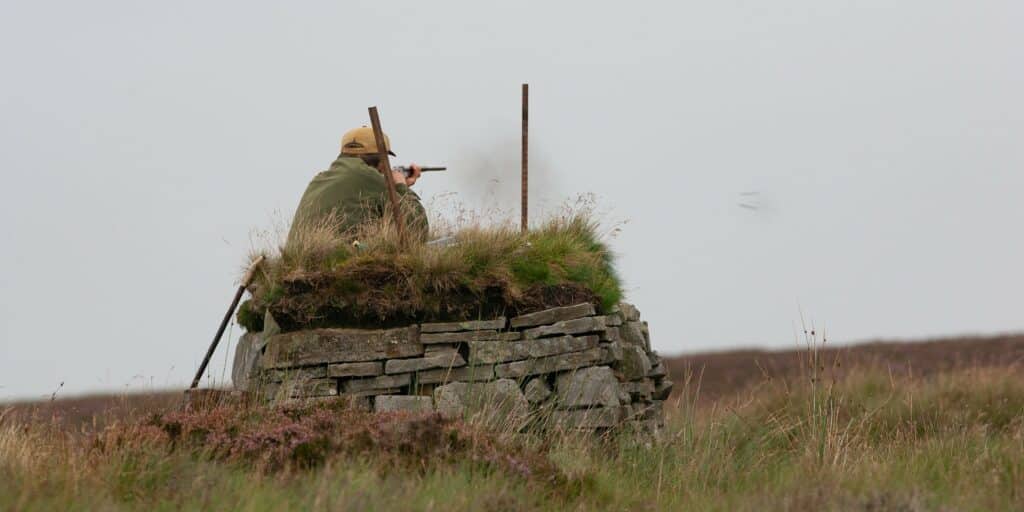
- Grouse shooting was made easier in the 1850s during the Victorian era. New railway networks across the UK allowed more people than ever to reach the moors.
- By the 1870s ‘breech-loaded’ cartridge shotguns because widely available which allowed easier and faster re-loading. Shooters could now kill enormous numbers of birds on moorland owned by a small number of wealthy families.
- Little has changed since. Grouse moor estates now cover an area of England the size of Greater London – some 550,000 acres – and are subsidised with millions of pounds in public farm subsidies. Somewhere between 12% and 18% of the entire landmass of Scotland is given over to grouse shooting.
- Red Grouse are either killed after being flushed by shooters ‘walking up’ (small groups of shooters walking across the moors with dogs) or are ‘driven’ by lines of beaters that flush the birds towards shooters hidden away in ‘butts’ (alone or often with a ‘loader’ who will make sure that wealthy clients always have a loaded gun to hand).
- In 2018 ‘Who Owns England’ revealed that around half of England’s grouse moor estates were owned by “the aristocracy and gentry” (land taken during clearances of the orginal people living there or ‘gifted’ by royals to their supporters) “whilst the other half are owned by wealthy businessmen and women, City bankers, hedge fund managers, and Saudi princes”.
- ‘Clients’, we’re told, are ‘enjoying the countryside’ but many of them barely set foot on the moors, with vehicles and tracks taking them straight to the butts and back to the bar in the evening.
- Despite monopolising huge areas of land the grouse industry (by its own figures) supports just 2500 full-time jobs and (according to a 2018 report by the charity Revive) contributes just £23 Million a year to Scotland’s economy – about 0.02% of the annual total.
- Grouse shooting is very expensive. Typical charges are above £2500/day. One shoot in Co Durham is charging £4400 per gun for a two-day trip this year according to GunsOnPegs. Shooters parting with well over the equivalent of the average UK monthly wage will expect to kill a mind-blowing 300 hundred birds each.
- Wages of those employed in grouse shooting are minimal though, and many beaters rely on tips.
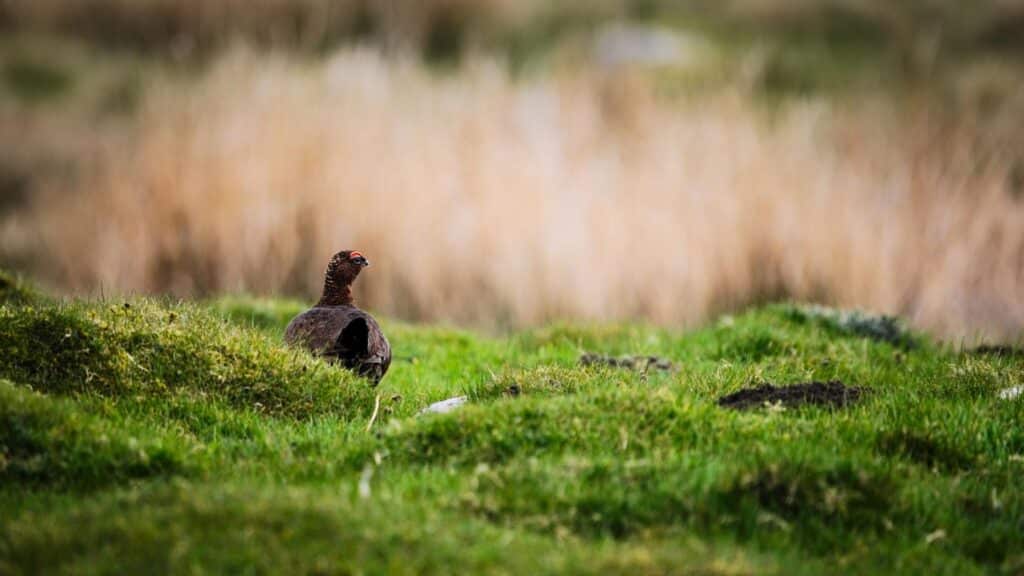
Sound ‘glorious’ to you?
There is nothing remotely ‘glorious’ about August 12th. It’s a date which is synonymous with the killing of birds. Which is why it has been renamed by most pro-wildlife people and organisations like Protect the Wild as the ‘Inglorious 12th’.
It is quite simply about making as much money as possible by killing huge numbers of wild birds on moorland estates owned by so-called ‘aristocrats’ or hedge funds. It relies on intensive and destructive management, and its benefits are hugely overstated.
As well as the slaughter of hundreds of thousands of Red Grouse, untold numbers of animals are killed in snares and traps, and the whole sad and sorry industry is underpinned by wildlife crime.
And it’s that trapping and wildlife crime that we will look at in the second part of this series.
- Subscribe to our Substack or support us as we work to shut the shooting industry down.


